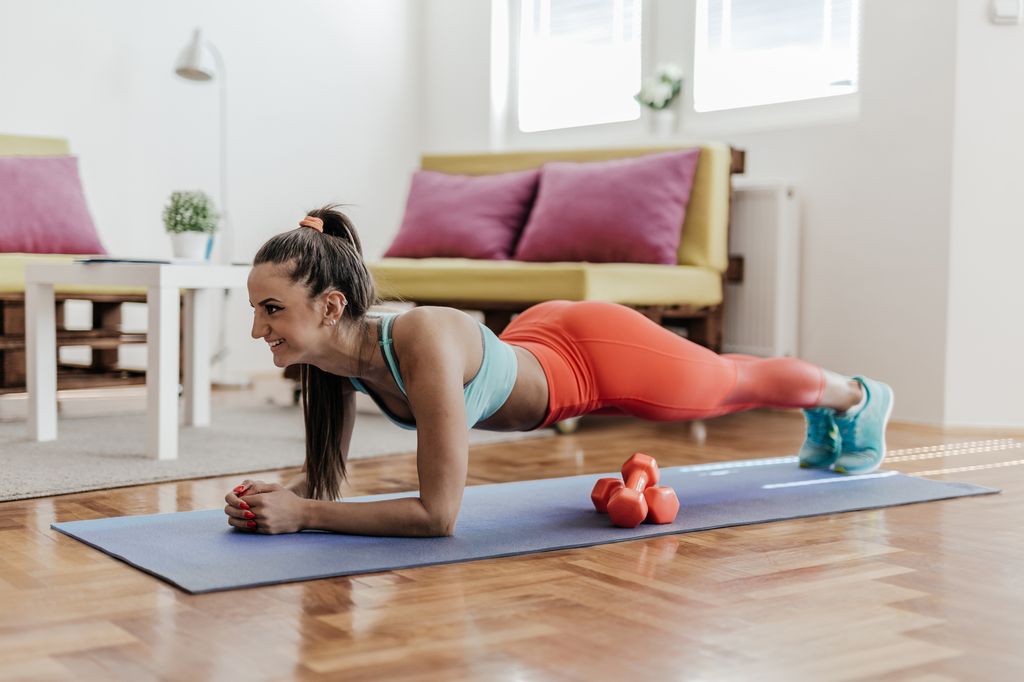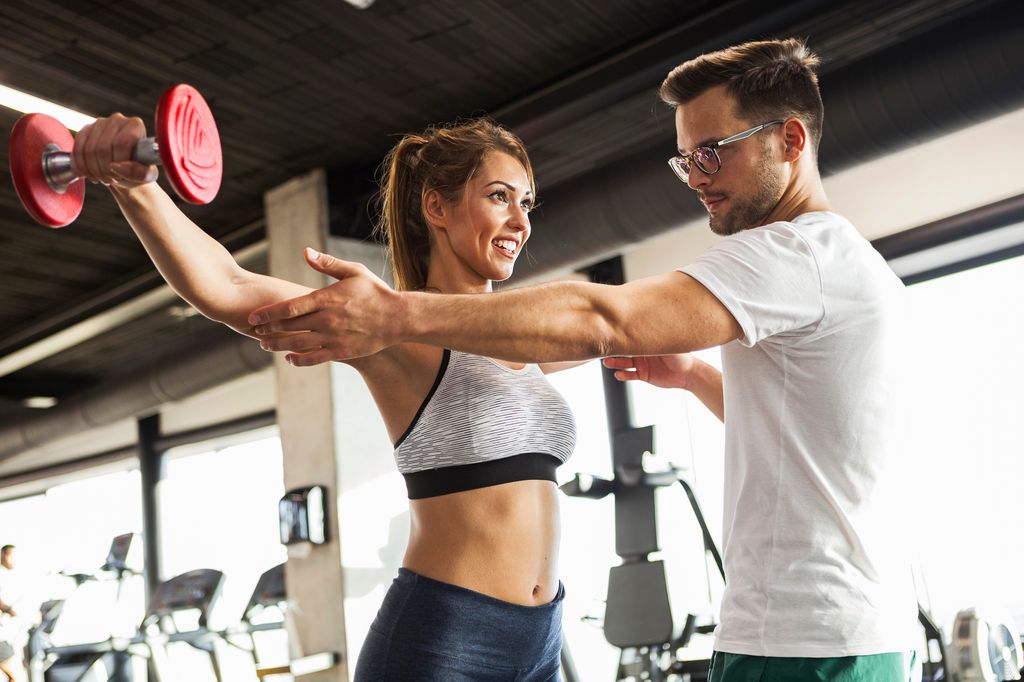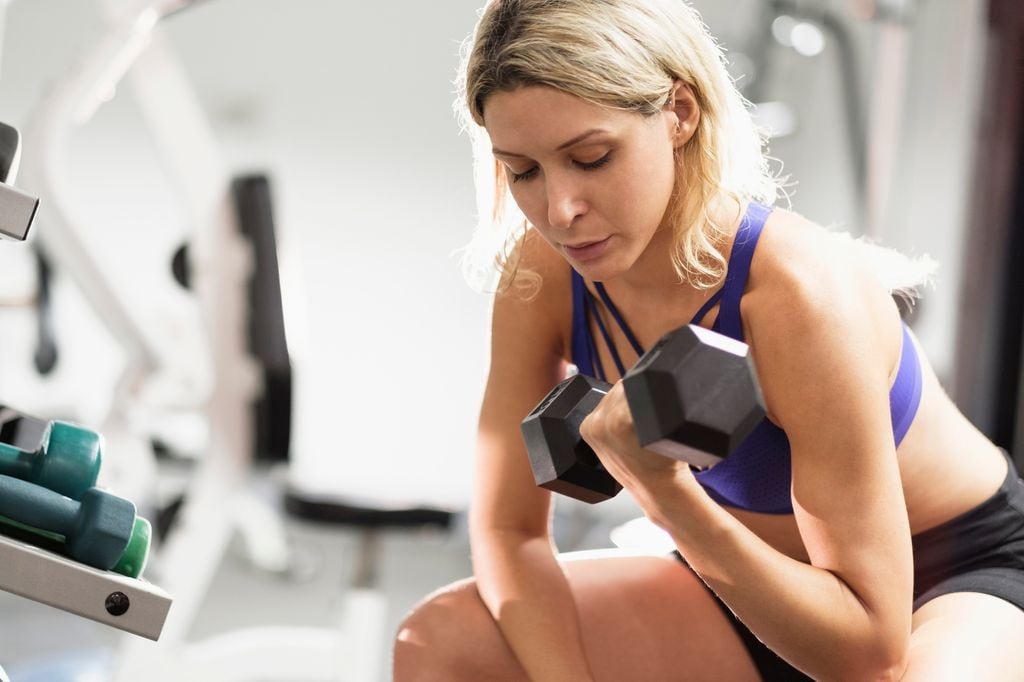The injuries or discomfort in the arms due to sports practice they are quite common and can vary in severity. This is how he explains it to us Ibon Urtiagasports physiotherapist, with whom we have been able to talk about what these injuries are, as well as the recommendations and treatments. exercises that can help us strengthen them to try to avoid problems when we play sports.
Most common injuries
- Tendinitis: It can occur in sports that involve repetitive movements such as baseball, swimming, paddle tennis or tennis, and causes pain in the shoulder or elbow.
- Sprains and fiber breaks: A sprain is a ligament injury that can occur when you twist your arm improperly. Fiber tears occur when muscles are stretched or torn, especially in activities that require strength such as weight lifting.
- Bursitis: inflammation of the bursae (small bags that cushion the bones, tendons and muscles around the joints).
- Fractures– Fractures of the humerus (arm bone) or radius and ulna (forearm bones) can occur due to falls or direct impacts during sports activities.
- carpal tunnel syndrome– Often caused by repetitive movements, it can cause numbness, tingling, and weakness in the hand and arm.
“Without a doubt it is important to listen to the body and Don’t ignore persistent painTherefore, whenever we experience severe or continuous discomfort, it is best to consult a doctor or physiotherapist for an evaluation and treatment appropriate to each situation,” he recommends.
It is important to start with light weights or just body weight and gradually increase as you feel stronger
What exercises can help us strengthen our arms?
In the expert’s opinion, the most effective exercises he recommends to strengthen the arms are the following:
- Push-ups: Get into a plank position, with your hands at shoulder height and your feet together. Lower your body by bending your elbows, keeping your back straight until your chest almost touches the floor. Then push up until you return to the starting position. This way you work your chest, triceps and shoulders.
- Parallel funds: use two parallel bars. Hold the bars and lower your body by bending your elbows until your arms form a 90-degree angle. Then push up. With this exercise we will have worked triceps, pectorals and shoulders.
- Curl biceps with dumbbells: Can be done standing or sitting with a dumbbell in each hand and arms extended at the sides of the body. You have to bend your elbows, lifting the dumbbells towards your shoulders and keep your back straight and avoid swinging.
- Overhead Triceps Extension: Standing or sitting, you hold a dumbbell with both hands above your head. Bend your elbows to lower the dumbbell behind your head and then extend them again.
- Dumbbell row: With a dumbbell in each hand, lean slightly forward from the waist with your knees slightly bent. In this position, you pull the dumbbells toward your torso, keeping your elbows close to your body. In this way, we will have worked our back, biceps and shoulders.
- Lateral Shoulder Raises: This exercise is performed standing with a dumbbell in each hand at the sides of the body and the dumbbells are raised to the sides until they are at shoulder height. You must maintain a slight bend in the elbows.
- Side plank: To do it you have to lie on your side, lean on one forearm and lift your body off the ground forming a straight line from head to feet. You have to hold the position for 20-30 seconds per side.
“Also, I always recommend warm up before starting any exercise routine to avoid injuries and it is important start with light weights or just with body weight and gradually increase as you feel stronger. It is also important rest adequately between sets and training days to allow your muscles to recover. And keep variety in mind, that is, incorporate different exercises to work all the muscles of the arm and avoid stagnation,” the physiotherapist details.
Perform the exercises with supervision
It is important, yes, do these exercises under supervision to take advantage of them and avoid problems. “It is highly recommended to do strengthening exercises under supervision, especially if you are a beginner or if you are trying new moves. And also by correcting the technique, to prevent injuries, to adapt to the routine taking into account our own level of physical condition, to maintain motivation and ensure committed follow-up, to ensure progression and, very importantly, personalization, since each person is different and personalized training can address your specific weaknesses and help you improve more quickly,” suggests the physiotherapist.
In the event that you decide to train alone, it is essential inform you well about each exercise: Watch video tutorials and start with light weights until you feel comfortable with the technique. But it’s always a good idea to have professional supervision when possible, especially in the beginning.
Personalized training can address your specific weaknesses and help you improve faster
Are weights a good ally to tone and strengthen your arms?
One of the doubts that may arise is whether the training with loads, with weights, They are recommended. As the expert details, they are effective for several reasons:
- For the variety of exercises.
- For him progressive load increasesomething key to progress in strength training; to improve functional strength, that is, feeling stronger and more resistant for daily activities and not just improving appearance.
- For the muscle toning and metabolic stimulationwhich means continuing to burn calories after training.
“In addition, there are different types of weights (dumbbells, kettlebellsbars) that offer varied options and it is interesting to know them,” he details.
This is how they help us prevent injuries
By strengthening the muscles and mobility of the arms, we can help prevent injuries. “In fact it can play a fundamental role in injury prevention. To the strengthen the muscles around the jointslike the shoulders and elbows, help stabilize them. This reduces the risk of injuries during physical activities or even everyday movements,” he explains.
And with stronger muscles it is easier maintain good technique in exercises and activitieswhich helps avoid erroneous movements that could cause injury. And we also improve the flexibility of muscles and tendons which not only helps to make larger and more controlled movements, but also reduces stress on the joints.
“On the other hand, strengthening both the agonist muscles (those that perform the movement) and the antagonists (those that oppose the movement) helps to maintain muscle balance. An imbalance can lead to compensations that increase the risk of injury. In addition, your arms will be better prepared to withstand loads and efforts, whether when lifting heavy objects or participating in sports, and therefore, it means that there are less chance of suffering from overuse injuries”, clarifies the expert.
And finally, he concludes by stating that strengthening muscles can help relieve chronic tension and pain in areas such as the shoulders and upper back, areas where it is common if you do not have enough strength and stability.



